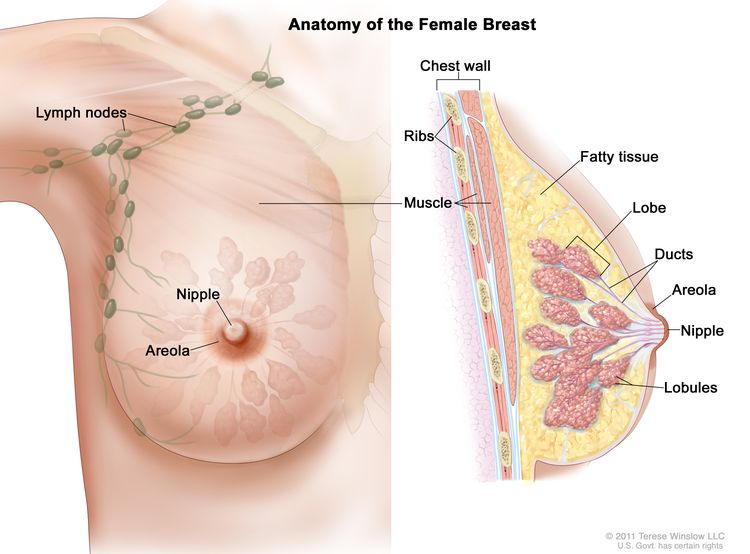Breast cancer treatment has evolved significantly over the past decades, offering patients a wide array of therapeutic options tailored to their specific diagnosis and individual circumstances. The approach to treating breast cancer is highly personalized, taking into account factors such as the stage of cancer, tumor characteristics, hormone receptor status, patient age, overall health, and personal preferences.
Modern oncology emphasizes a multidisciplinary approach, where teams of specialists collaborate to develop comprehensive treatment plans that maximize effectiveness while minimizing side effects and preserving quality of life.
Surgery remains a cornerstone of breast cancer treatment for most patients, with several surgical options available depending on the tumor size, location, and patient preferences. Lumpectomy, also known as breast-conserving surgery, involves removing the tumor along with a small margin of surrounding healthy tissue while preserving most of the breast. This option is often suitable for smaller tumors and is typically followed by radiation therapy to reduce the risk of local recurrence. Mastectomy, which involves removing the entire breast, may be recommended for larger tumors, multiple tumors, or when breast-conserving surgery is not feasible. Modern surgical techniques have improved cosmetic outcomes and reduced complications, with many patients having the option of immediate or delayed breast reconstruction.
Radiation therapy plays a crucial role in breast cancer treatment, particularly following breast-conserving surgery. This treatment uses high-energy beams to destroy cancer cells that may remain after surgery, significantly reducing the risk of local recurrence. External beam radiation therapy is the most common approach, typically delivered over several weeks in carefully planned doses to target the affected area while minimizing exposure to healthy tissues. Advanced techniques such as intensity-modulated radiation therapy and image-guided radiation therapy allow for more precise targeting, reducing side effects to surrounding organs like the heart and lungs. In some cases, internal radiation therapy or accelerated partial breast irradiation may be appropriate alternatives.
Chemotherapy involves the use of powerful medications to destroy cancer cells throughout the body, making it particularly effective against cancer that has spread or has a high risk of spreading. This systemic treatment can be administered before surgery (neoadjuvant chemotherapy) to shrink tumors and make them more operable, or after surgery (adjuvant chemotherapy) to eliminate any remaining cancer cells. The specific combination and duration of chemotherapy treatments are determined based on the cancer’s characteristics, stage, and the patient’s overall health. While chemotherapy can cause side effects, advances in supportive care have significantly improved patients’ ability to tolerate treatment while maintaining their quality of life.
Hormone therapy, also known as endocrine therapy, is a targeted treatment option for hormone receptor-positive breast cancers, which account for approximately 70% of all breast cancer cases. These cancers grow in response to hormones like estrogen and progesterone, and hormone therapy works by either blocking the body’s production of these hormones or preventing them from binding to cancer cells. This treatment can be used in both pre- and post-menopausal women, with different approaches tailored to each group. Hormone therapy is typically continued for several years and has been shown to significantly reduce the risk of cancer recurrence and improve long-term survival rates.
Targeted therapy represents a revolutionary advancement in breast cancer treatment, focusing on specific molecular characteristics of cancer cells. One of the most well-known targets is the HER2 protein, which is overexpressed in about 20% of breast cancers. Targeted therapies against HER2 have dramatically improved outcomes for patients with HER2-positive breast cancer. Other targeted therapies focus on different cellular pathways involved in cancer growth and spread, including drugs that target specific genetic mutations or cellular processes. These treatments often have fewer side effects than traditional chemotherapy because they specifically target cancer cells while largely sparing healthy cells.
Immunotherapy has emerged as a promising treatment option for certain types of breast cancer, particularly triple-negative breast cancer, which lacks hormone receptors and HER2 overexpression. This approach works by enhancing the body’s immune system’s ability to recognize and attack cancer cells. Immunotherapy can be used alone or in combination with other treatments, and research continues to expand its applications in breast cancer care. The field of immunotherapy is rapidly evolving, with ongoing clinical trials investigating new approaches and combinations that may benefit more breast cancer patients in the future.
Clinical trials play a vital role in advancing breast cancer treatment and offer patients access to cutting-edge therapies that may not yet be widely available. These carefully monitored research studies test new treatments, treatment combinations, or new ways of using existing treatments. Participation in clinical trials can provide patients with access to innovative therapies while contributing to the advancement of breast cancer care for future patients. Many of today’s standard treatments were once experimental therapies tested in clinical trials, highlighting the importance of research in improving outcomes for breast cancer patients.
Supportive care and complementary therapies are integral components of comprehensive breast cancer treatment, addressing the physical, emotional, and psychological challenges that patients may face during their cancer journey. This includes managing treatment side effects, maintaining nutritional health, addressing fatigue and pain, and providing psychological support. Complementary approaches such as acupuncture, massage therapy, meditation, and exercise programs can help improve quality of life and may even enhance treatment effectiveness. Palliative care specialists work alongside oncology teams to ensure that patients receive comprehensive support throughout their treatment and recovery.
The future of breast cancer treatment continues to evolve rapidly, with personalized medicine becoming increasingly sophisticated. Advances in genetic testing, molecular profiling, and precision medicine are enabling doctors to tailor treatments more precisely to individual patients and their specific cancer characteristics. Artificial intelligence and machine learning are being incorporated into treatment planning and monitoring, while new drug development continues to expand the arsenal of available treatments. The integration of these technological advances with improved supportive care and a better understanding of cancer biology promises to further improve outcomes and quality of life for breast cancer patients in the years to come.
